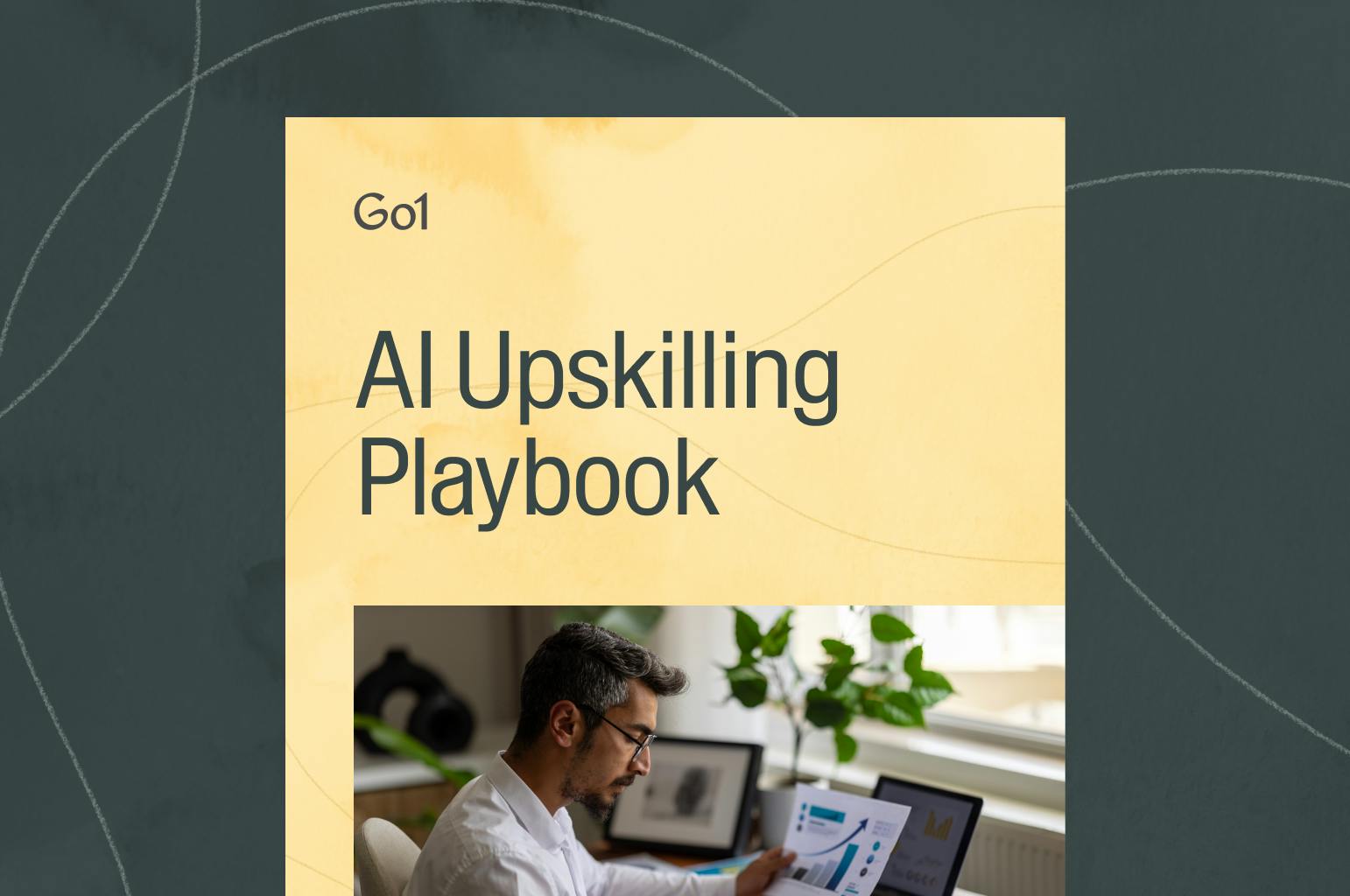Identify and overcome legacy systems in employee training

Legacy systems in learning and employee training (or outdated systems with high-maintenance systems that a company may use) are pretty common. In fact, on average, 31% of an organization’s technology is made up of legacy systems.
While these legacy systems can often seem to offer safer, more comfortable ways of operating — given their familiarity — they can be pretty damaging to organizations and the employees that use them.
In this article, we'll discuss some of the challenges of outdated L&D legacy systems. Plus, we’ll explain why modern tools are a better solution for your business and employee training programs.
Five challenges of legacy learning systems
Ineffective content delivery
Legacy systems often rely on traditional classroom-based training or outdated learning platforms. These systems struggle to provide the flexibility and accessibility that modern workforces demand, like:
- Mobile learning, microlearning, or in the flow of work content delivery
- Access to learning materials outside of scheduled training sessions
- Personalized learning paths based on individual needs and preferences
- Multimedia content or interactive learning experiences
Limited data analytics
Older learning systems typically lack sophisticated analytics capabilities, which are crucial for measuring the effectiveness of learning programs and driving continuous improvement.
Typically, legacy systems lack:
- The ability to track detailed progress and engagement metrics
- Tools for measuring the impact of training on job performance or business outcomes
- Tools for identifying skill gaps across the organization
- The ability to generate comprehensive reports for stakeholders
Scalability and flexibility issues
Legacy systems often struggle to keep pace as organizations grow and evolve. These systems can be rigid and difficult to adapt to, which hinders an organization's ability to respond to ever-changing needs:
- Storage limitations that restrict the amount of content or user data that can be managed
- Difficulty supporting multiple languages or regionalized content for global workforces
- Struggle to manage complex organizational structures or multiple business operations
- An inability to connect seamlessly with your critical business systems
Poor user experience
Legacy systems often have outdated, unintuitive interfaces that can frustrate employees and administrators alike. In fact, 67% of employees are so frustrated with legacy systems, they said they’d be willing to take a pay cut if it meant having access to software and technology that'd be twice as good as it is now.
That’s because legacy systems usually have:
- Clunky navigation that makes it difficult to find relevant content
- Poor accessibility features for users with disabilities
- Inconsistent experiences across different devices (desktop, tablet, mobile)
- Limited or non-existent social features for peer-to-peer interaction
- Absence of gamification elements to increase engagement
- Slow loading times and frequent technical glitches
High maintenance costs
Keeping legacy systems operational can be expensive and resource-intensive. In fact, updating legacy systems has dramatically increased over the last five years, with almost two-thirds (65%) of businesses now investing more than $2 million in maintaining or upgrading their legacy systems, twice as much as five years prior. This is due to:
- High costs for specialized IT staff to maintain outdated technologies
- Difficulty finding replacement parts or compatible hardware
- Frequent downtime for patches and updates, disrupting learning activities

Why do modern tools and methodologies matter?
With the right modern tools and the discarding of legacy systems, organizations can:
- Rapidly pivot when needed: Businesses are constantly changing — from technological advancements to market pressures. Modern tools, unlike legacy ones, allow organizations to quickly adapt when needed.
- Increase engagement and productivity: Modern tools often offer a better user experience with personalized, relevant, and accessible content delivery — all of which can increase engagement among employees. In fact, the majority (77%) of US employees report feeling frustrated with the legacy technology systems they’re using at work and even agree that up-to-date technology could boost their productivity.
- Continuously improve the learning experience: One of the biggest advantages of modern training tools is the ability to track learning progress and outcomes, instead of only relying on feedback surveys. In assessing these insights, organizations can regularly update and refine their training approaches for a better, more effective experience.
- Leverage curated content: Modern tools use algorithms to recommend tailored content and create personalized learning paths. Legacy systems, on the other hand, often offer a one-size-fits-all approach, which is less engaging and effective.
- Include interactivity: Modern tools incorporate engaging elements like gamification, simulations, and microlearning. These features make learning more dynamic and hands-on compared to the often static content of legacy systems, improving knowledge retention and application.
Going beyond legacy learning systems with Go1
While legacy systems can often feel familiar and comfortable, they can cause serious damage to organizations and employee experiences — from poor scalability and flexibility issues to user frustration and decreased productivity and engagement.
With the right modern tech stack, organizations can seamlessly transition from legacy systems to highly relevant, flexible, and user-friendly tools that offer a variety of learning formats, feedback mechanisms, and more.
Go1’s extensive offering of upskilling and compliance courses cover thousands of topics using a variety of formats like microlearning, interactive courses, podcasts, practice labs, and more. Plus, our software partners with over 70 LMS and HRIS systems to deliver courses directly through existing tools. Go1 can help any organization transition from a legacy system to a modern, scalable, and user-friendly one in no time.
Ready to see Go1 in action? Book a personalized demo to discover how our software can transform your L&D strategy.
Related Articles

Application Guide: How to use the Go1 AI for L&D Maturity Assessment to assess our workforce AI capability

AI upskilling made clear: A practical guide to building an AI-ready workforce

Go1 welcomes PepTalk

5 Data-Backed Insights Shaping the Future of AI in Workplace Learning

Train smarter, spend less
Train smarter,spend less
Connect with a Go1 expert to explore the best training options for your organization—no pressure, just solutions that work.